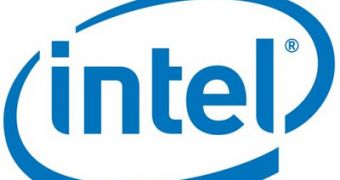By now, one shouldn't be surprised to learn that Intel wants to get its chips inside every possible electronic out there, so the news about a set-top box based on its technology might not come as such a shock.
When it comes to the so-called TV experience, it is easy to see that the quality of the services, and the means to deliver them, have evolved over the past few years.
Set-top boxes have become quite common nowadays, while Smart TVs (TVs with extra features, like web browsing) are gaining profile.
It appears that Intel wants to have a stake in this field, and while most of its processors aren't really fit for anything besides PCs, servers and supercomputers, it seems its CE media chips do have what it takes to power set-top boxes.
Case in point, Pace developed one such product for Comcast and its Xfinity TV service, leading to a more social, personal and interactive TV experience thanks to the new guide and user interface.
"Our next-generation Xfinity TV is a platform that brings a much richer, personalized and interactive experience, with the ability to continually improve and expand features for our customers," said Sam Schwartz, president, Comcast Converged Products.
"Partnering with Intel accelerates this innovation through the large community of companies and technologies that support their processors today."
Services should be easy to navigate and search through, as well as supplemented by interactive applications.
The Augusta, Ga. Market trial of Xfinity TV will be the proving ground for the Intel processors, which are really system-on-chip units with CPU and graphics performance high enough to enable the running of multiple device drivers and platform technologies at once.
"The new Xfinity TV experience is an outstanding implementation of next-generation television," said Erik Huggers, vice president and general manager of Intel's Digital Home Group. "It takes advantage of the breakthrough technologies in our Intel system-on-a-chip products and is well-positioned to lead the innovation charge as we push the boundaries ever further."

 14 DAY TRIAL //
14 DAY TRIAL //